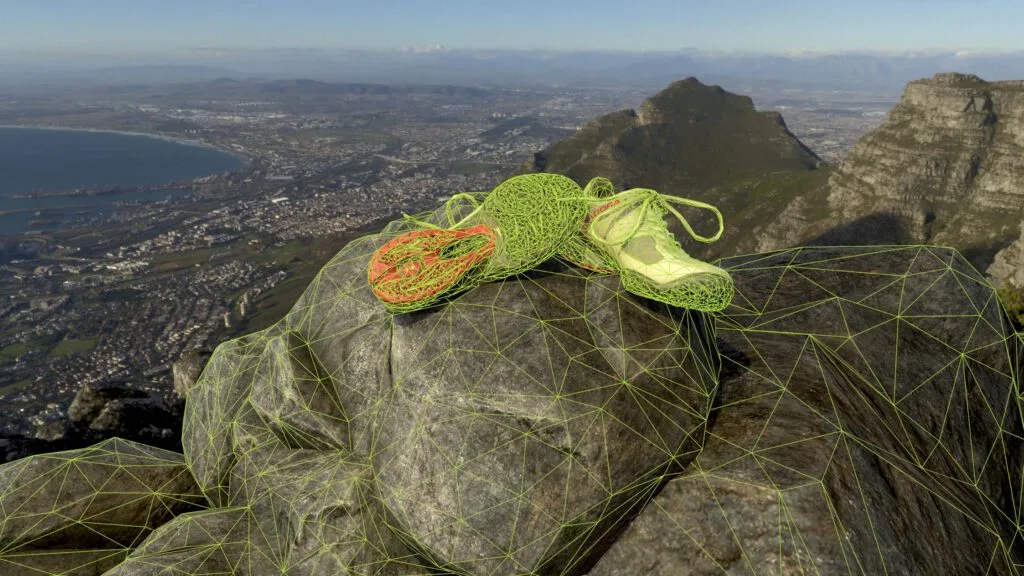by Dr Max Limper, co-founder of DGG, makers of RapidCompact
We’re seeing a huge rise in the use of 3D images for e-commerce and other applications right now. But just a few years ago, non-professionals rarely interacted with 3D content unless they were playing video games.
Thanks to technical progress over the past decade, limitations which hindered the roll-out of 3D imagery have disappeared. The conditions are now ripe for a revolution in which 3D becomes commonplace in e-commerce and other industries, offering consumers new ways of interacting with products and giving companies powerful new tools to help drive sales.
Back in the early days of the internet, we witnessed a visual revolution following the advent of digital photography and introduction of standards such as the JPEG, which allowed pictures and images to be easily captured, edited and shared. The uptake in the number of pictures taken in recent years has been huge. One estimate suggested that in 1990, 57 billion photos were taken every year. Now, following the wide-scale roll out of key enabling technology such as the digital camera and easily-available picture editing software, trillions are uploaded every year.
I expect a similar revolution to take place in the next few years, as 3D content becomes a common sight on the internet and an expected feature of e-commerce websites. Five years ago, I wrote a blog detailing four factors which were standing in the way of an explosion in the use of “everyday 3D”. Those technical hurdles have been overcome, so here are four reasons why a 3D e-commerce revolution is now possible.
- Hardware and software limitations:In the past, computers, smartphones or other devices did not have the processing power to generate 3D models at a level of realism sufficient for e-commerce, which relies upon consumers inspecting products through a web browser or another easily accessible interface. Hardware and software capabilities have improved dramatically since the first real 3D games emerged in the mid-nineties, as the games industry pushed the limits of what was possible with real-time graphics. The demand for a high degree of realism, appealing visual effects and high frame rates have led to the development of powerful graphics hardware and highly efficient real-time rendering algorithms.
- Hardware availability: Powerful 3D graphics processors (GPUs) were once only available as dedicated hardware for gaming PCs or consoles. VR hardware was also unaffordable for non-professionals. This is no longer the case. Hardware capable of running 3D graphics is now ubiquitous, with laptops and desktop PCs as well as smartphones equipped with relatively powerful GPUs. Most of us now carry devices capable of showing detailed 3D assets in our pockets. Smartphones are usually equipped with cameras and gyroscopes, allowing them to serve as rendering and tracking devices to power AR and VR experiences. In addition, VR hardware is becoming increasingly common and is now relatively affordable.
- Software availability: Interactive 3D visualizations once required special, system-dependent software, which was usually not pre-installed on common PCs. Software availability has become less of a problem since the advent of WebGL. Suddenly, everyone with a consumer-grade computer or smartphone can directly access 3D content inside a common web browser, which is usually pre-installed and also available for free.
- Problems with 3D Interaction: Few people encountered 3D visualizations in everyday life, meaning many found them difficult to use. Now we have a generation which has grown up playing video games who are used to encountering 3D content. Even younger generations will now grow up using interactive 3D content as part of their day-to-day life. In addition, human computer interaction has become an active field of research, and the ways in which we interact with 3D data are becoming more and more intuitive (for example, through smart limitations of the six degrees of freedom, simple touch-based interaction and so on). E-commerce – and many other industries – will never be the same again as 3D becomes not just a bonus or a gimmick, but a necessary part of any e-commerce website, educational project or museum exhibition.
/nbsp;
With these four pieces of the puzzle in place, I expect to see 3D become a normal part of everyday life in the coming years, particularly as more and more shoppers move online following the Covid-19 pandemic. Companies that don’t join in with this revolution will be left behind. The technology is here – now it’s time for industries to step up and offer customers the new experiences they will soon be demanding.
Find out more about the AR Revolution in E-Commerce and the 3D Content Bottleneck
